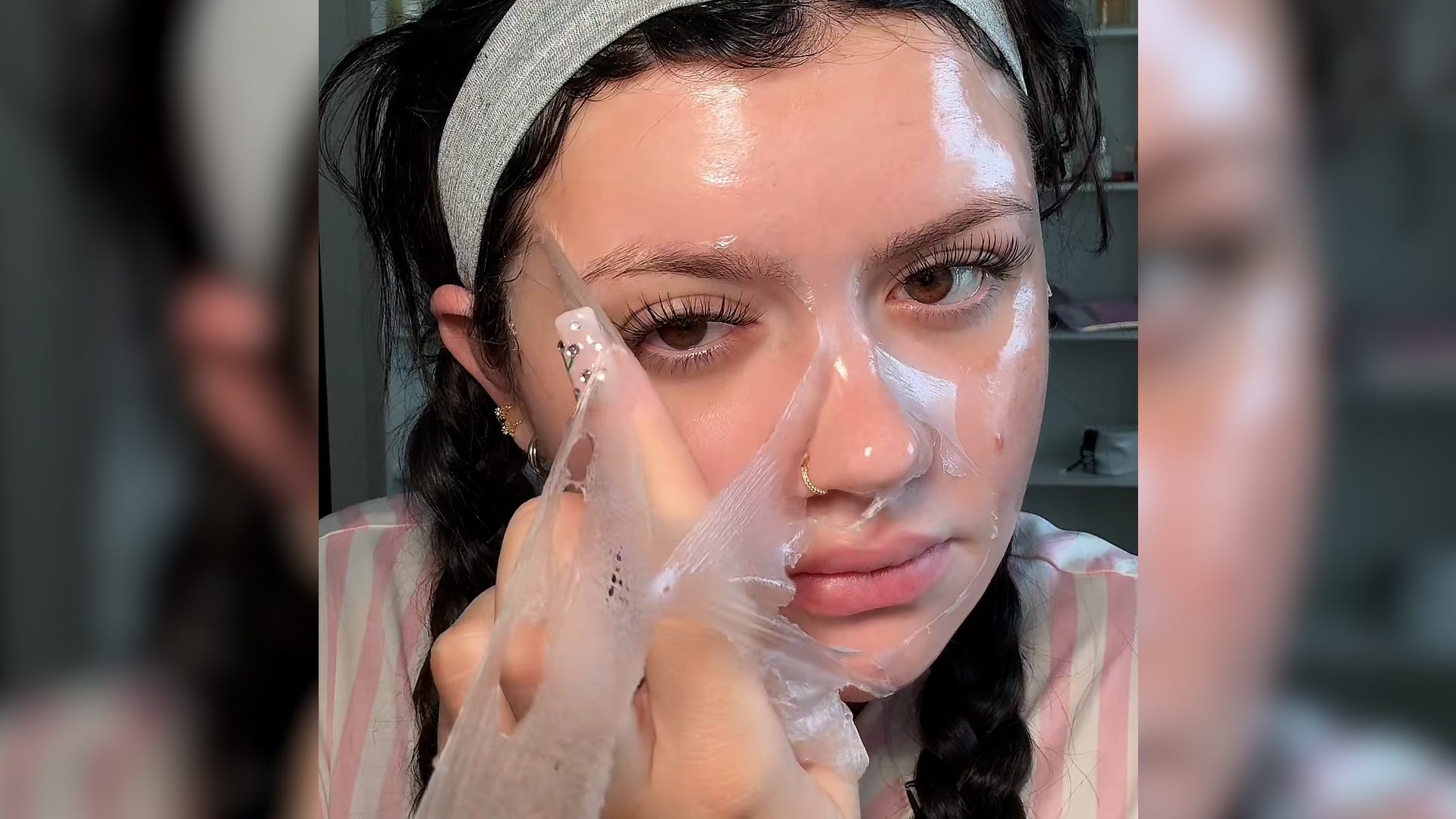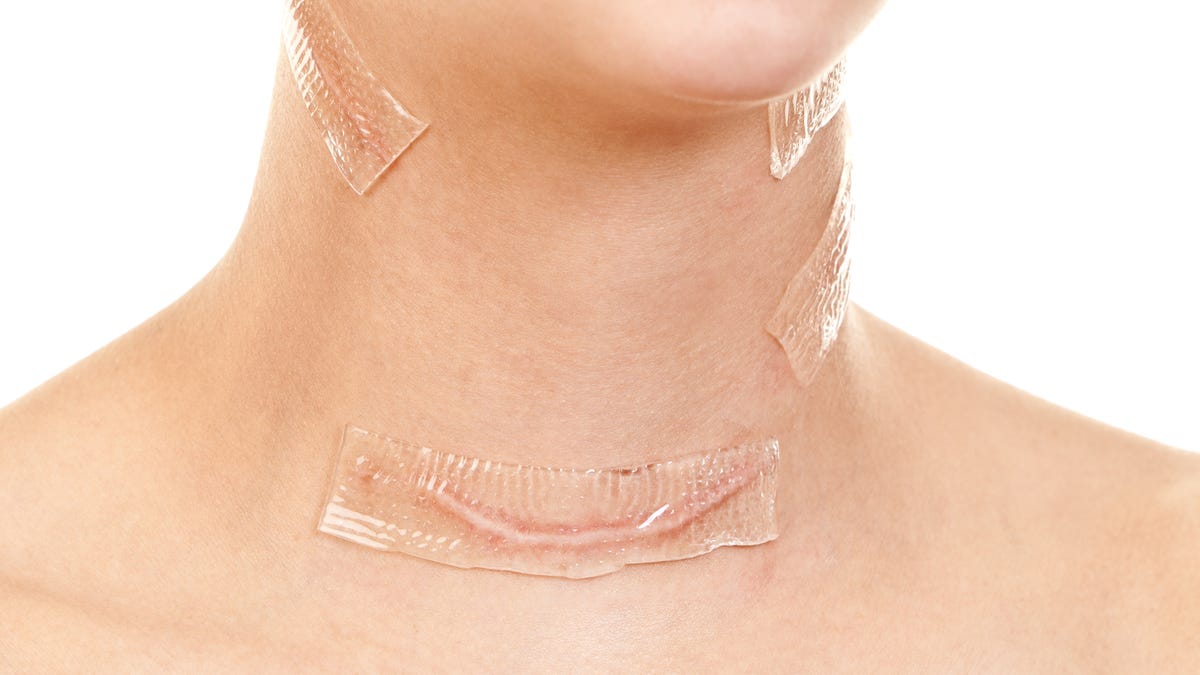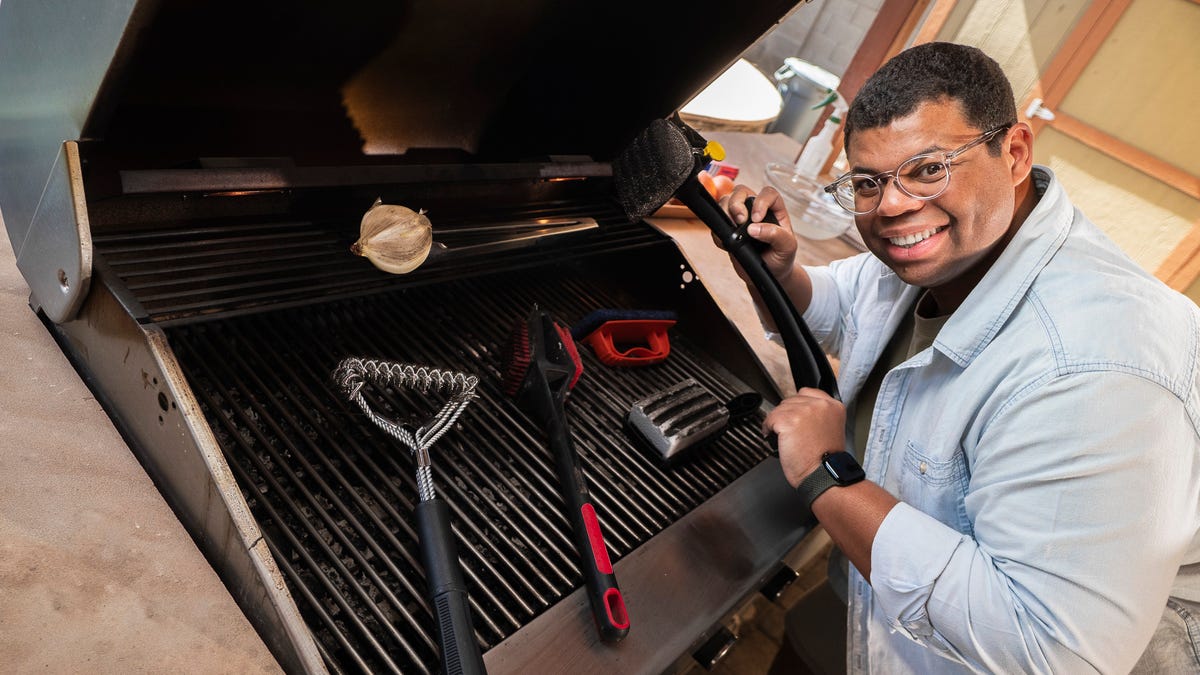
TikTok’s ‘morning shed’ trend could be the peak of self care
TikTok users show their “morning shed,” which includes removing hair caps, mouth tape, face masks, heatless curls and more.
Waiting for a scar to fade can feel like a bit of a waiting game. But if you’re looking to speed up the healing process, silicone scar sheets might be able to help.
Silicone scar sheets are self-adhesive dressings made with medical-grade silicone. They’re readily available over-the-counter, and claim to help fade and flatten the appearance of scars.
How exactly do silicone scar sheets work, and how effective are they at fading scars? We tapped a dermatologist to break down everything you need to know.
How do silicone scar dressings work?
During the wound-healing process, there’s an increase in fibroblast activity, which revs up collagen production in the skin. If your skin produces a little too much collagen around the site of a wound, a raised scar could form, says Dr. Susan Massick, a board-certified dermatologist at The Ohio State University Wexner Medical Center.
Silicone scar dressings, including scar sheets, tape and patches, help create a protective barrier around the scar, and promote hydration. “The idea behind using a silicone scar treatment is to try to prevent those scars from thickening,” says Massick.“If you happen to have a scar that’s red, inflamed or raised, (these treatments) could help flatten it.”
How effective are silicone scar sheets at fading scars?
It’s definitely possible that the consistent application of silicone scar sheets could help soften, flatten and fade the appearance of scars, says Massick. However, their effectiveness will depend on the type of scar you’re trying to fade.
Silicone scar sheets work best on thick, newly-formed hypertrophic scars and keloids, Massick says. If you have a scar that’s formed after recently undergoing a surgical procedure, using a scar sheet post-op could help support the skin remodeling process, and help the scar fade faster, she says.
However, silicone scar sheets probably won’t work as well on pitted, atrophic scars, scars that are more established, or scars that have a lot of hyperpigmentation, says Massick.
Can you put a silicone scar sheet on an open wound?
To reduce your risk of infection, you should never put any type of silicone scar dressing on an open wound. “With any type of wound, you need the epidermis to be completely healed,” says Massick. Wait at least one to two months (or until the wound is completely healed) before applying an adhesive on top of the scar, she recommends.
If you have a scar that’s the result of a serious injury or surgery, and think you could benefit from using a silicone scar dressing, it’s always a good idea to talk with your doctor first, Massick adds.
Best practices for using silicone scar sheets
When it comes to application, prep your skin by making sure it’s clean and completely dry. Silicone scar sheets come in a few different sizes, so it could be helpful to trim the dressing to match the shape of your scar. Apply the adhesive uniformly over the scar, and leave it on for around 12 to 24 hours, says Massick.
“I always want to emphasize to folks to be patient with their scars. You need to give scars time to heal, evolve and fade,” says Massick. Don’t be discouraged if you feel like it’s taking awhile to see results. Start off by using the sheets for at least two to three months, Massick recommends. From there, you could continue using them until you’ve reached your desired result.
At the end of the day, applying silicone scar sheets could be helpful if you’re trying to fade and soften the appearance of newly-formed hypertrophic scars, keloids or scars that developed after a surgical procedure. However, they’re not an effective treatment for all scars, so if you have additional concerns, it’s definitely worth checking in with your doctor to explore other treatment options.










